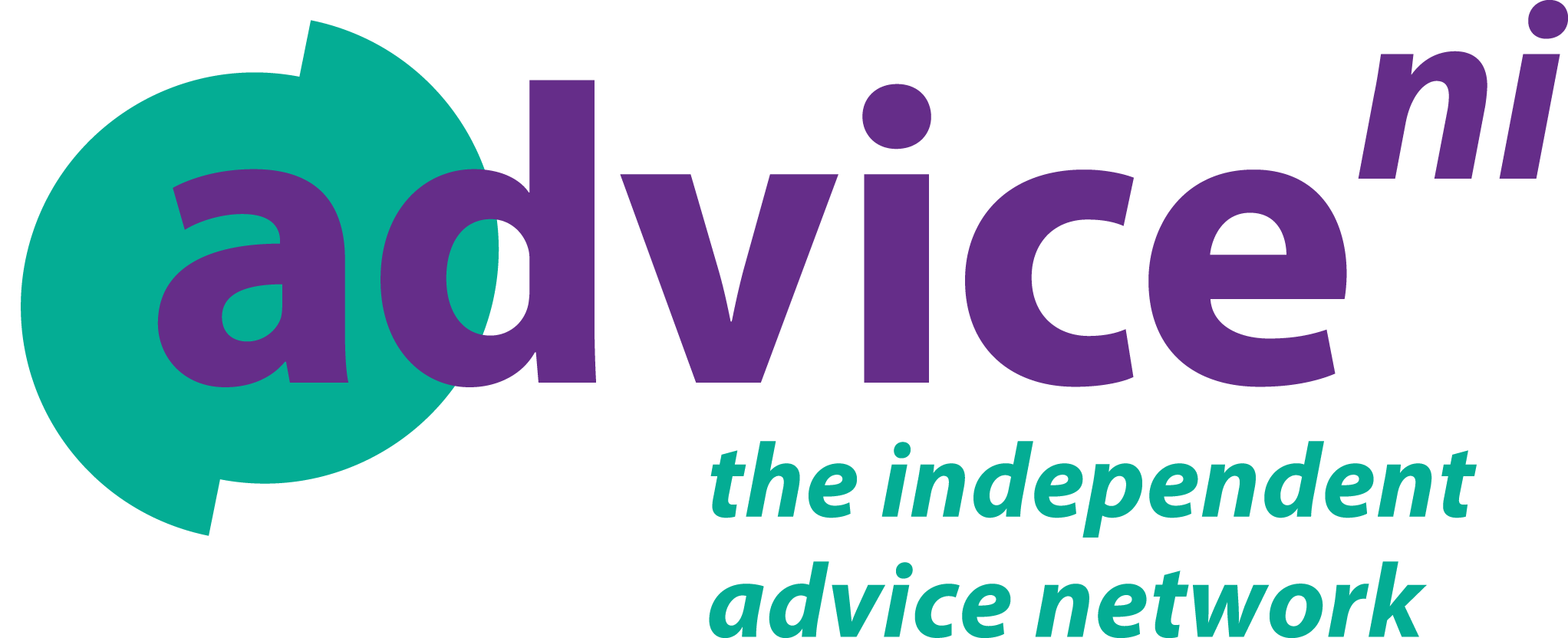Business Debt Service: Extra Info for Budget Sheets
Please read this before completing a business and household budget sheet. If you wish to discuss a budget sheet with Business Debt please complete a business and household budget before contacting us if possible.
Read
The business and household budget sheet is not a tax return. It will help you estimate the amount you should be putting aside for tax and national insurance. It will also help you to decide whether you have a viable business. You still need to complete an annual tax return which will accurately calculate your tax liabilities.
If you are a director of a Limited Company you need to confirm your net monthly income with your accountant.
If you trade as a partnership you will need to get your business income and costs figures and then contact us for advice.
To help negotiate with creditors you need to calculate a monthly income from your business. We recommend that you average your takings over the last 3 months but possibly longer if your income fluctuates a lot (for example over 12 months).
The business and household budget sheet tries to cover as many business situations as possible so not all of the items may be relevant to you and your business.
Should I use weekly or monthly figures?
We suggest that you fill in your budget sheet using monthly figures as creditors normally expect a monthly repayment plan. It is important that you don’t mix monthly and weekly figures on the same budget sheet.
To change weekly figures to monthly figures;
Weekly figure x 52 (weeks) and divided by 12 (months).
Many benefits such as Child Benefit are paid 4 weekly. To change 4 weekly to monthly figures;
4 weekly figure × 13 (payments in a year and divided by 12 (months).
Completing the business and household budget
STEP 1: Income
Add up your total business takings. Only include money you have actually received.
STEP 2: Costs
These are your total business costs. If you work from home expenses such as gas, electricity and water may be divided between your business and household budgets. For example this can be on a 50/50 basis where 50% of the costs relate to the business and 50% of the costs relate to the home. This may also apply for your transport costs.
Transport costs need to include petrol/diesel, insurance, road tax, maintenance and breakdown cover. You can also include any business public transport costs.
Annual one off costs such as accountants’ fees should be divided by 12 (months) and included.
STEP 3: Drawings
To work out how much money you can draw from the business, take away your total business costs (Step 2) from your total business takings (Step 1). You will also need to remember to allow for your tax and NIC liability. For assistance with working your tax and NIC liability contact us for advice.
STEP 4: Household income
For joint /combined debts include all household income. If the debt is solely yours include only your income. If your partners’ income is included then he/she will need to include his/her debts. Benefits may be assigned to either party in a household.
If you bank with the same bank for business and personal use and you have a personal debt with that bank you will need a business account with another bank. This is because your bank may be able to take money from the business account to pay the personal debt.
STEP 5: Household outgoings
If the budget is for your own debts a partner will be expected by your creditors to make proportionate payments to the household costs.
For example, if your partner has 40% of the household income they will be expected to cover 40% of the household costs. All outgoings in this section should be your normal monthly outgoings.
Include priority arrears in Step 7 and non priority debts in Step 9.
- ‘Other fuel’ relates to Domestic Fuel such as coal.
- ‘Housekeeping’ covers food and cleaning materials and social costs such as smoking.
- ‘Maintenance Payments’ is for child maintenance paid by parents who do not live with their children.
- ‘Travelling Expenses’ is car tax, servicing/MOT, petrol, insurance, break down cover and public transport.
STEP 6: Money for creditors
To calculate how much you can offer your creditors each month subtract your outgoings (Step 5) from your income (Step 4). If your outgoings are more than your income, contact us for advice.
STEP 7: Priority creditors
List all your priority creditors. Use your surplus income to negotiate an agreement to pay your priority creditors monthly repayments to pay off arrears.
STEP 8: Money for creditors
After agreements with priority creditors are in place take the total agreed in Step 7 away from surplus income in Step 6 and that is the money available for creditors in Step 9.
STEP 9: Non Priority debts
List all your non priority creditors and then work out how much to pay towards your credit debts. This is done on a pro-rata basis. This means that you are treating all your creditors fairly as the creditor owed the most gets the largest portion of the available money.
